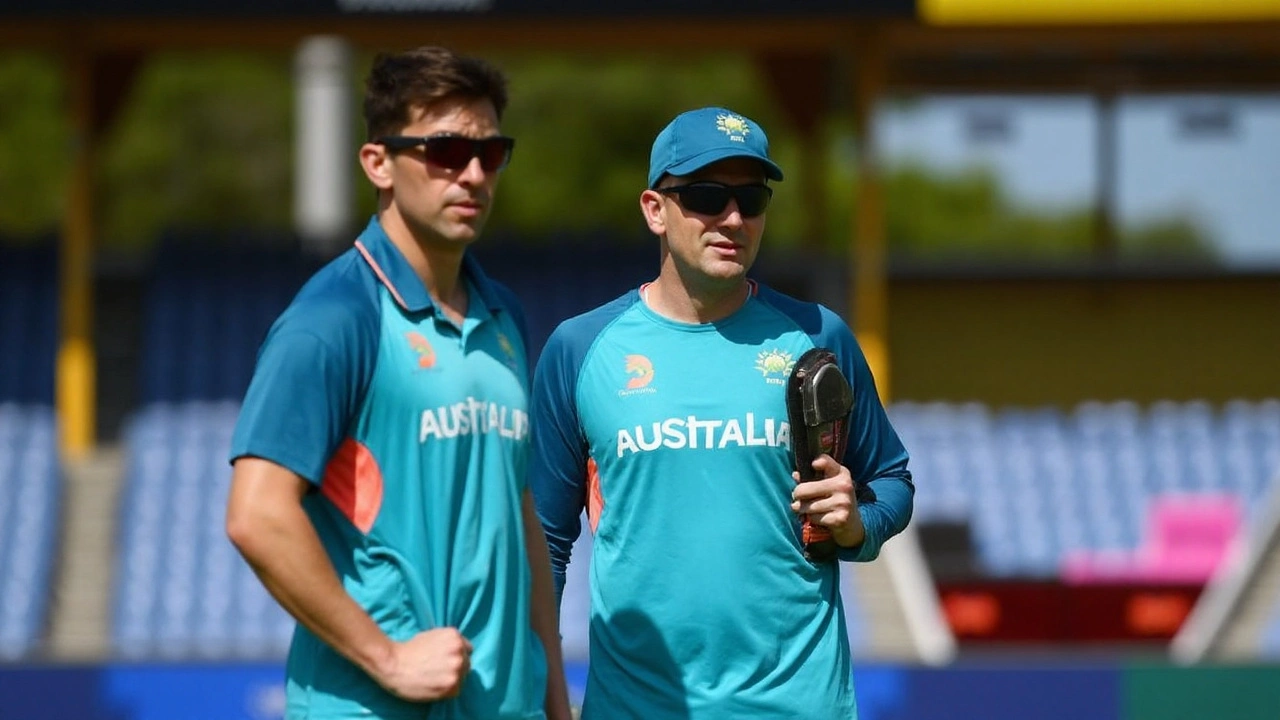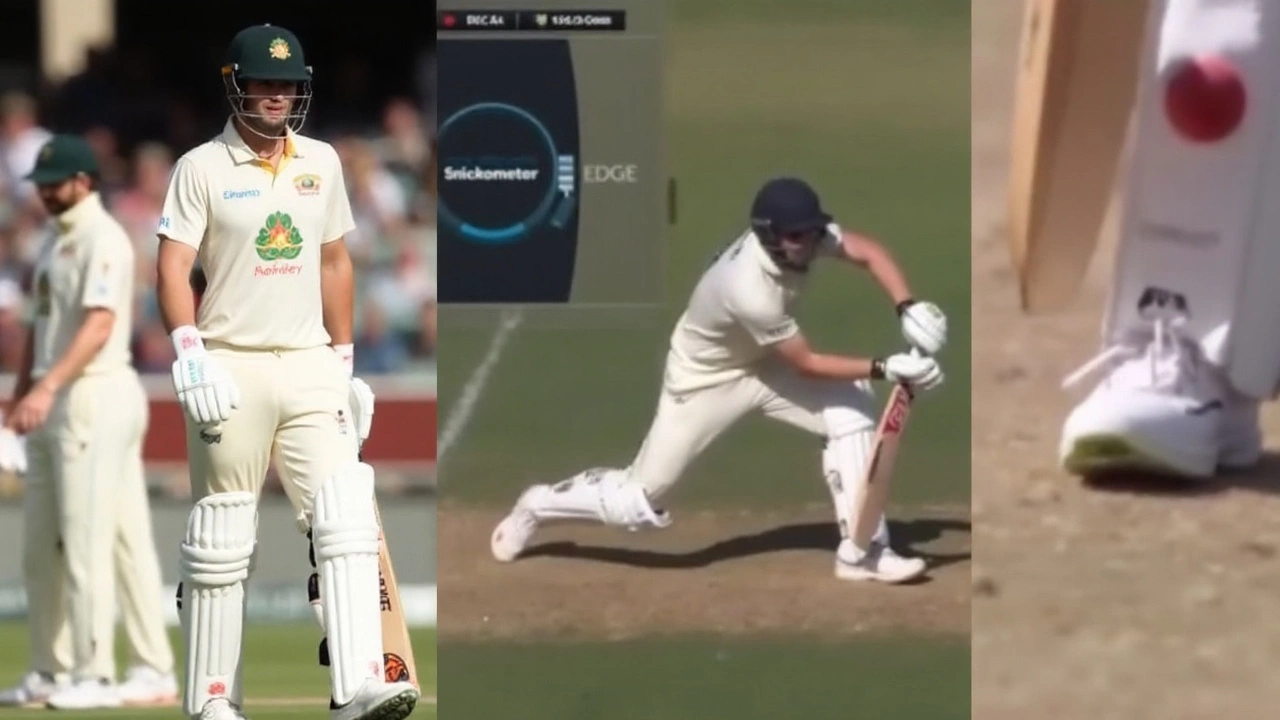Mitchell Marsh's Unusual Dismissals Spark Debate
It’s not often you see a player at the heart of two big controversies in the same match, but Mitchell Marsh pulled it off during the second Test between India and Australia at Adelaide. Fans and commentators were left shaking their heads at a pair of incidents that say a lot about pressure, human error, and the sometimes baffling world of cricket umpiring.
The first incident had everyone doing a double-take. Marsh, batting in the second session of Day 2, looked totally convinced he’d made contact with a spinning delivery from R Ashwin. In a blink, he started to walk off. Umpire Richard Illingworth, ever the professional, just followed suit and lifted his finger. But here’s the kicker: replays showed he hadn’t even touched the ball. You could almost hear the collective gasp from the stands and the TV rooms back home. It was a clear case of ‘brain fade’—a term Aussies know all too well since Steve Smith’s similar mental lapse years ago. Marsh had survived an LBW review just minutes before, only to talk himself out for 9 runs. In a tight Test, decisions like these feel even heavier, especially before Travis Head came in and turned the tide for the Aussies with a stellar century.

The Hotly Disputed LBW Review
Marsh wasn’t done making headlines. Earlier in the day, he was front and center of another hotly contested moment. Ashwin trapped him on the pads, and after Illingworth said not out, the Indians went straight for DRS. Now, everyone expected the third umpire, Richard Kettleborough, to dig in—check every angle, run Snicko, check ball tracking, the works. But instead, the review was over almost before it started. Kettleborough, citing lack of conclusive evidence, stayed with the on-field call. The thing is, slow-motion and Snicko replays later showed the ball struck the pad first. Even ex-players like Matthew Hayden didn’t mince words—he blasted the rushed process, basically saying Marsh got a lucky break.
That single moment opened a can of worms. Social media lit up, with hashtags like #umpiringblunder trending. Fans argued, rightly so, that with today’s technology, why wasn’t the third umpire more thorough? Ball tracking and multiple angles are there for a reason. When you see a mistake like this, especially after KL Rahul’s questionable decision in the first Test, frustration builds fast. Critics across the board were stumped at the inconsistency and what looked like a short-cutting of proper review protocol.
People love to say cricket is a game of fine margins. After that session, nobody disagreed. The controversies around Marsh dragged the spotlight away from the real heroics—Travis Head’s dominant century that eventually gave Australia a sizable lead. Still, every cricket lover knows it’s the drama and, yes, sometimes the chaos that keeps people glued to the game. Just maybe, next time, everyone wants a bit more precision from the men in the middle.



